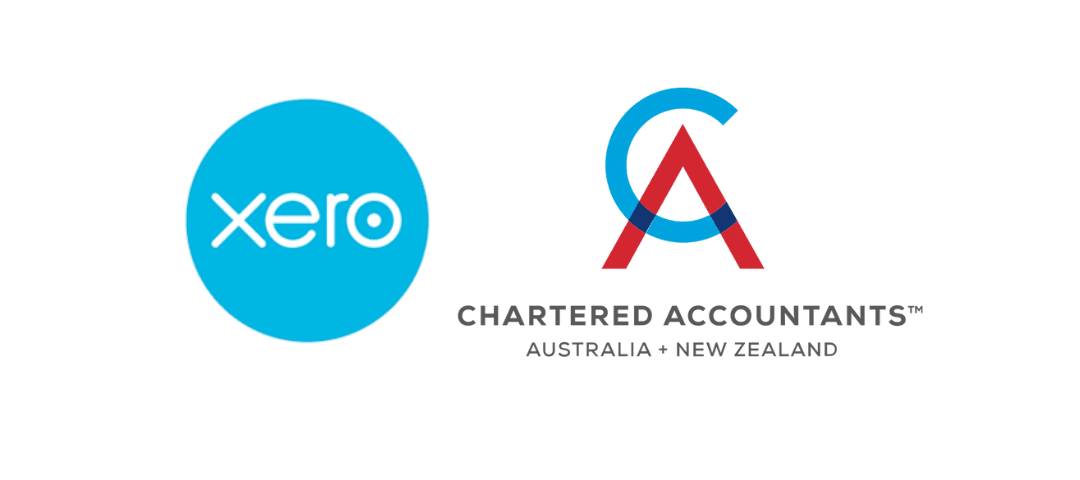Once a business sells (or stops trading) or a company sells its property (real estate), we recommend winding up the company. This is important because, otherwise, IRD will continue to expect a tax return for each financial year (even if the company does not trade), and the Companie's Office will require an annual return filed each year.
This article outlines the steps required as part of the company windup process. There are other options available (such as more formal liquidation). However, in most situations, this is our recommended option.
This process can be time consuming and does involve a significant amount of administration work with multiple parties involved. We are here to help along each step of the way.
Selling Company Assets
Company assets need to be sold or closed before the company can be ceased. This may include:
Selling vehicles, plant and equipment, and other fixed assets. The sale could be on the open market to a third-party buyer or sold to a shareholder for market value.
Accounts receivable (money outstanding) must be received or assigned to a shareholder (who will receive the debt owing)
The bank accounts must be closed (transfer available cash to yourself – and keep a small buffer for final costs)
Shares, property, or other investments must be sold or transferred (at market value) out of the company
Closing stock (trading stock) must be sold o or transferred (at market value) out of the company
In summary, all company assets must be disposed of before the company can be wound up.
Paying Company Liabilities
The company must repay all liabilities before the windup. This may include:
Repayment of bank loans
Payment of any tax outstanding to IRD
Payment of any accounts payable (supplier accounts etc.)
Payment of dividends to shareholders, clearing of retained earnings and company reserves
A company pays tax at 28% on profits, and the profits then become the company's retained earnings. On company windup, the company must pay a dividend to the shareholders for the company's retained earnings. Often this will trigger a further 5% dividend withholding tax.
A company's capital gains can generally be distributed tax free to shareholders, only on company windup.
We recommend talking with us about this step.
All tax accounts must cease with IRD
The company must cease and pay all taxes to IRD. Otherwise, IRD will not allow the company to wind up. We recommend:
Preparing, filing, and paying the final PAYE return for wages, including any holiday pay to employees
Preparing, filing, and paying the final GST return, including the sale of any remaining company assets at market value
Preparing, filing, and paying the final income tax for the company.
Closing any other tax types (FBT, DWT, RWT etc., as applicable).
Shareholder Resolution for Company Windup
The company's shareholders must unanimously sign a shareholder resolution agreeing to the company's windup. This resolution will also outline that the company has ceased trading, and the shareholders now wish to do all necessary actions to place the company in the position needed to be removed from the Company's Office register. The shareholder resolutions resolve that:
That the company discharge, in full, all of its liabilities to all its known creditors.
That the company distribute its surplus assets following the constitution and the Companies Act 1993
That the board is satisfied that the company will immediately after the distribution referred to in this resolution, satisfy the solvency test.
That the company apply to the Commissioner of Inland Revenue to approve the removal of the company from the register under section 318(1)(d) of the Companies Act 1993 (see further below)
That Evans Doyle Limited (the accountants) be authorised to deliver to the Registrar of Companies, in the prescribed form, an application for the company to be removed from the register.
Request no obligation to wind up letter from IRD
A request is made to IRD for their "no obligation to wind up". They will formally issue a letter accepting the request. They will deny this request if the company has overdue tax returns outstanding or overdue tax.
Because IRD is notified of the company removal, they can update their records so that no other tax returns are required to be filed (and no more annoying phone calls or emails about overdue returns).
Filing of documents with the Companies' Register
This is the final process. The shareholder resolution and IRD letter are submitted to the company's office register to request the company's removal. The Companies' Office will then advertise the removal of the company for 28 days publicly, and provided no objections are received; the company will be removed.
Contact Us
Contact Tim Doyle or Jane Evans today to discuss your business continuity planning needs (or any other matter) on 07 823 4980 or email us. Our office is in Cambridge, NZ, but distance is no problem. We have many international and national clients.
This material has been prepared for informational purposes only, and is not intended to provide, and should not be relied on for, tax, legal or accounting advice. You should consult your own tax, legal and accounting advisors before engaging in any transaction.





